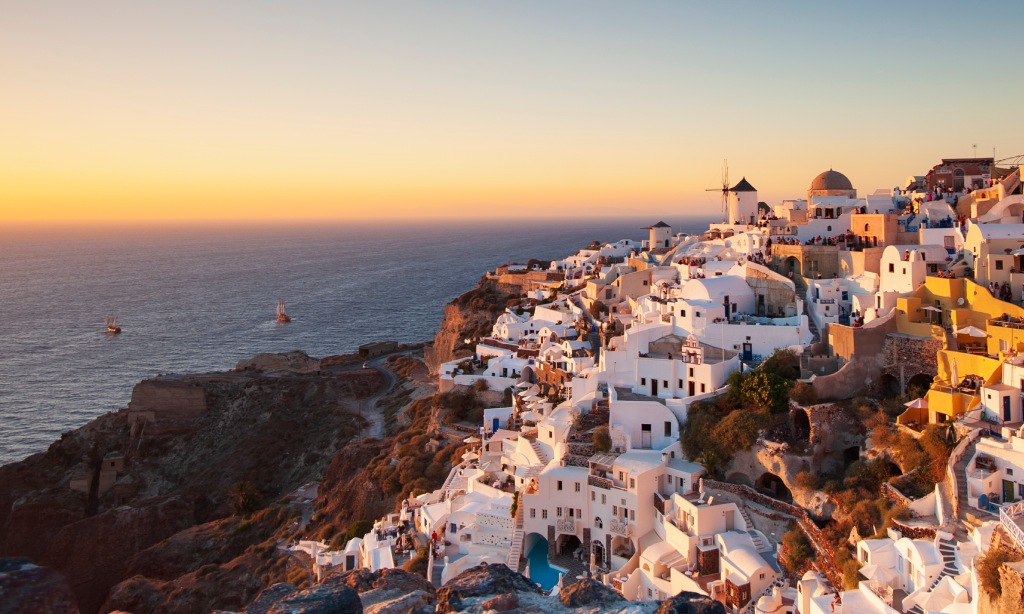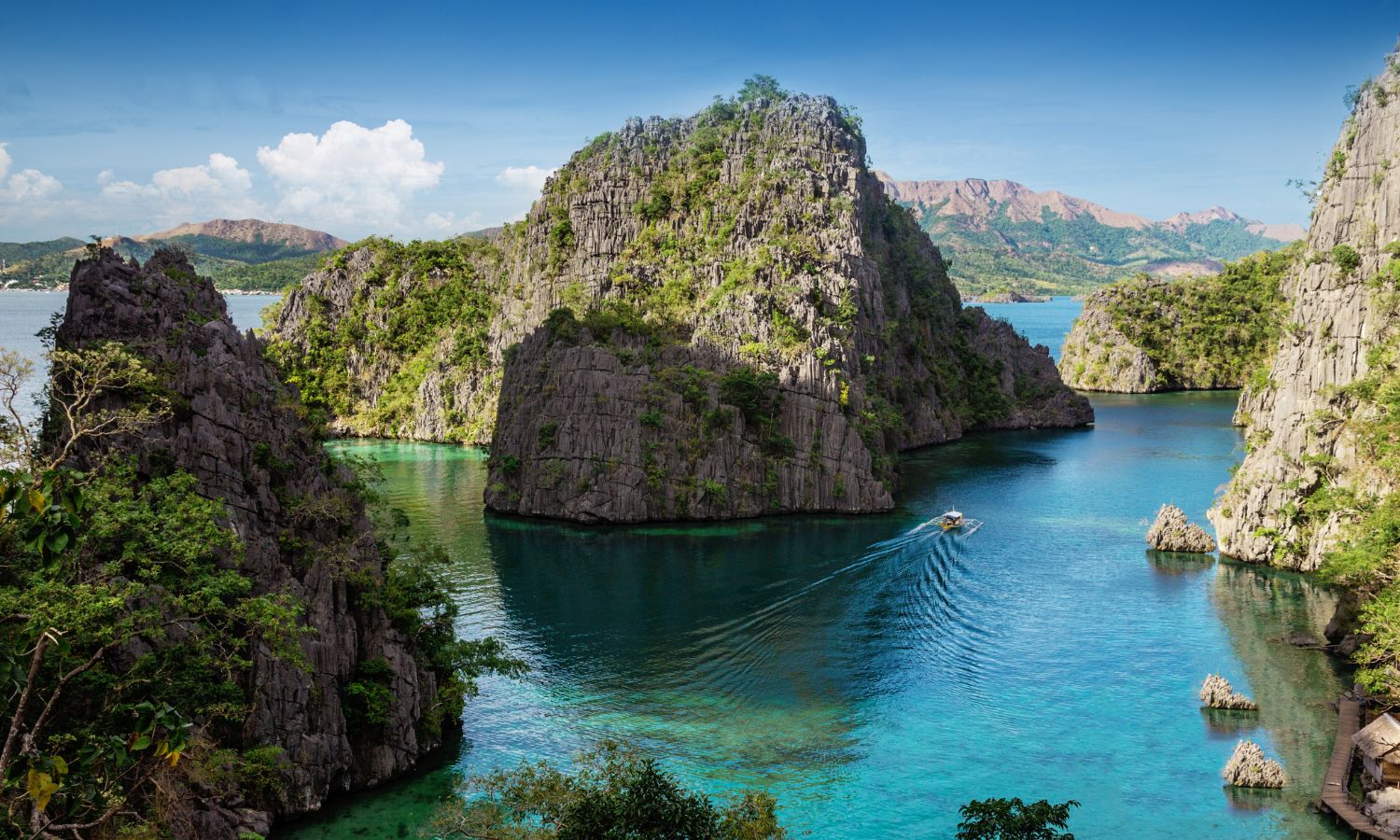You might’ve heard about the de-influencing trend on TikTok. The trend, which started in late 2023 and is still going strong today, sees creators share why viewers shouldn’t buy something — or, more recently, go somewhere.
Travel creators have hopped on the fad and are de-influencing their followers from overhyped tourist activities and destinations. On first glance, I see this as a good thing. Given our problems with overtourism (Italy estimates around 35 million visitors over summer 2025), getting visitors to skip popular destinations and head somewhere else is a plus.
Creator and founder of online travel community Girl vs Globe Sabina Trojanova is among those tapping into the travel de-influencing trend. She started sharing her travel experiences in 2014 while on a uni year abroad, but eventually became frustrated with how the Instagrammable version of travel differed from the real thing.
View this post on Instagram
“Though beautiful, it purposefully glosses over the less beautiful realities, including overcrowding and environmental impact,” Trojanova says. “It also glosses over the self-centredness that’s an inevitable byproduct of treating the world as a mere backdrop. Those realisations made me shift my focus away from aesthetically motivated travel.”
As Emanuele Attansio, country manager ANZ of Italian National Tourist Board, puts it: “de-influencing questions the value of the over-polished, aspirational representations”. Attansio thinks the hype signals a long-term shift in our approach to travel planning.
“It encourages travellers to consider what they don’t want or need on their trips, like going to certain tourist hotspots,” he says. “In Italy, we’re promoting lesser-known destinations like villages and hamlets, as well as routes and heritage tourism.”
Michal Zdanowicz, national marketing manager at accommodation provider YHA, says the de-influencing travel trend is an evolution of ‘dupe tourism’. That movement saw travellers enjoying similar experiences to popular spots at destinations usually nearby but without the crowds, such as visiting Paros instead of Santorini or Trieste instead of Venice.

“Australian travellers have always valued genuine, authentic experiences,” says Zdanowicz. “Though there is a strong movement now away from ‘ticking off bucket lists’. More and more, travellers are connecting to community initiatives by taking part in a local tour or experience run by small businesses or sole traders.”
While de-influencing travel has many positive effects, creators could be more selfishly motivated than we think. Hannah Chiu, PR and influencer manager at experience booking platform Klook, says the oversaturation of social media content about tourist hotspots has pushed content creators to think outside the box.
“They’re seeking niche angles and unique experiences to drive engagement on their content,” Chiu says. The rise of de-influencing has also democratised the social space. Younger travellers are placing more trust in micro-influencers and niche creators who show them experiences and places not everyone’s going to.
De-influencing travel also comes with some potential harmful consequences. Zdanowicz says it could be challenging for certain destinations if travellers completely avoid them, particularly if their local economy relies heavily on tourism.

“Promoting ethical travel choices – like supporting local businesses, engaging in eco-tourism and staying at sustainable accommodations — can help navigate this trend without harming the places that need tourism the most,” he says.
Attansio sees the attention de-influencing brings to issues like overtourism, environmental damage and overconsumption of resources as an opportunity for the travel industry to promote more sustainable, eco-friendly travel options.
“Instead of mass marketing, companies could focus on smaller, more targeted audiences who value authenticity and transparency,” he says. “By catering to a community of like-minded travellers who seek deeper, more meaningful experiences, travel brands and tourism boards can carve out niche markets that feel more connected to them.”
Ultimately, though, the onus lies with the traveller. While the de-influencing trend is a promising shift towards more conscious travel, we need to actively engage in responsible practices. This calls for us to move beyond passively consuming de-influencing content and actively seek information that allows us to make informed decisions. The end goal is to foster a more balanced and respectful relationship with the places we go.
Related: How Luxurious Can a Family-Friendly Hotel Really Be?
Related: Would You Trust AI to Plan Your Holiday?
Read more stories from The Latch and subscribe to our email newsletter.







